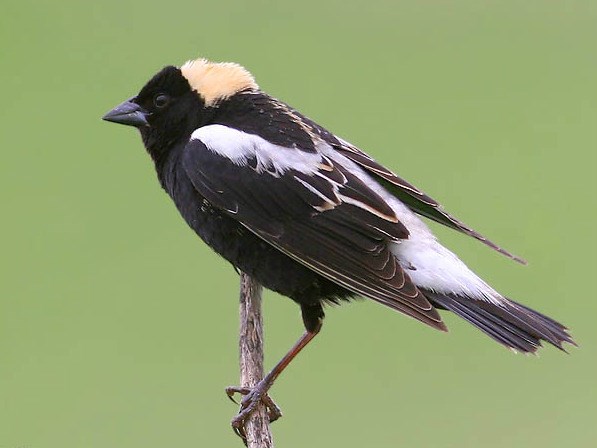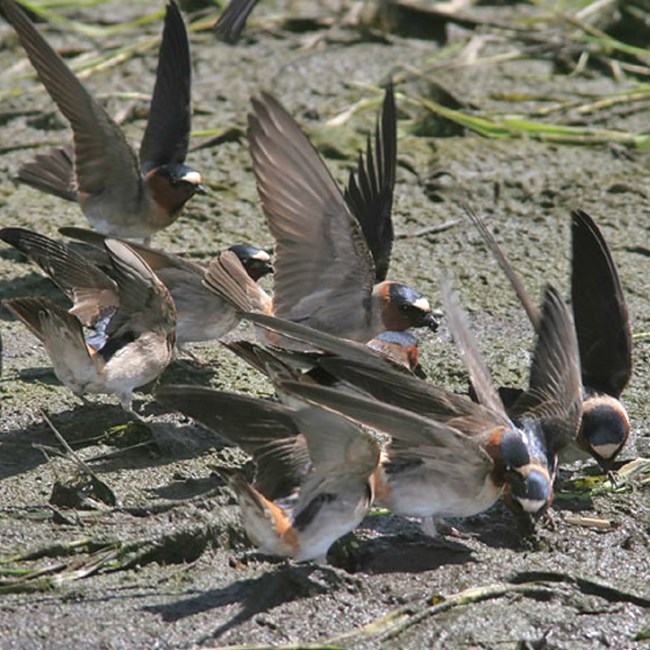Part of a series of articles titled Wildlife in the Badlands.
Next: Badlands Butterflies
Article

© Terry Sohl
Badlands National Park is the largest park in the Northern Great Plains Inventory and Monitoring Network at over 240,000 acres. Roughly half of the park is badland formations; the other half is mixed-grass prairie. Bird diversity is high at this park; it lies at an avian crossroads where both eastern and western bird species can be observed.
The Northern Great Plains Inventory and Monitoring Network developed a bird monitoring protocol jointly with Bird Conservancy of the Rockies (formerly the Rocky Mountain Bird Observatory). A panel design where grids are sampled on a rotation schedule was developed to facilitate complete coverage of this large park. The basic sampling unit is a 1 square km grid that contains evenly-spaced sample points, separated by 250 m. Observers stand at pre-determined fixed points and record birds observed or heard over a 6-minute period. After completing the survey, observers navigate to the next point using GPS units.
Landbird surveys have been conducted at Badlands National Park since the 2013 breeding season. This research is the beginning of a long-term effort to monitor species trends and densities. In 2016, a total of 3,999 birds from 73 species were recorded during surveys.

NPS

© Terry Sohl
Cliff swallows are social birds and often nest in large colonies along cliffs, canyons, buildings and bridges. They build their nests out of mud and feed in areas near and over water, flying in intricate patterns to catch insects on the wing.
In 2016, Badlands National Park recorded four times the number of cliff swallows detected over previous years monitoring (1064 in 2016 compared to 235 in 2015). Expert ornithologists with Bird Conservancy of the Rockies could not explain the increase; it could be due to a new sample site in 2016 that was next to a wetland or badland wall, or a general population movement to the area.
Protocol Contact, Northern Great Plains Inventory and Monitoring Network
Angela JardingRocky Mountain Avian Data Center
Part of a series of articles titled Wildlife in the Badlands.
Next: Badlands Butterflies
Last updated: July 28, 2020